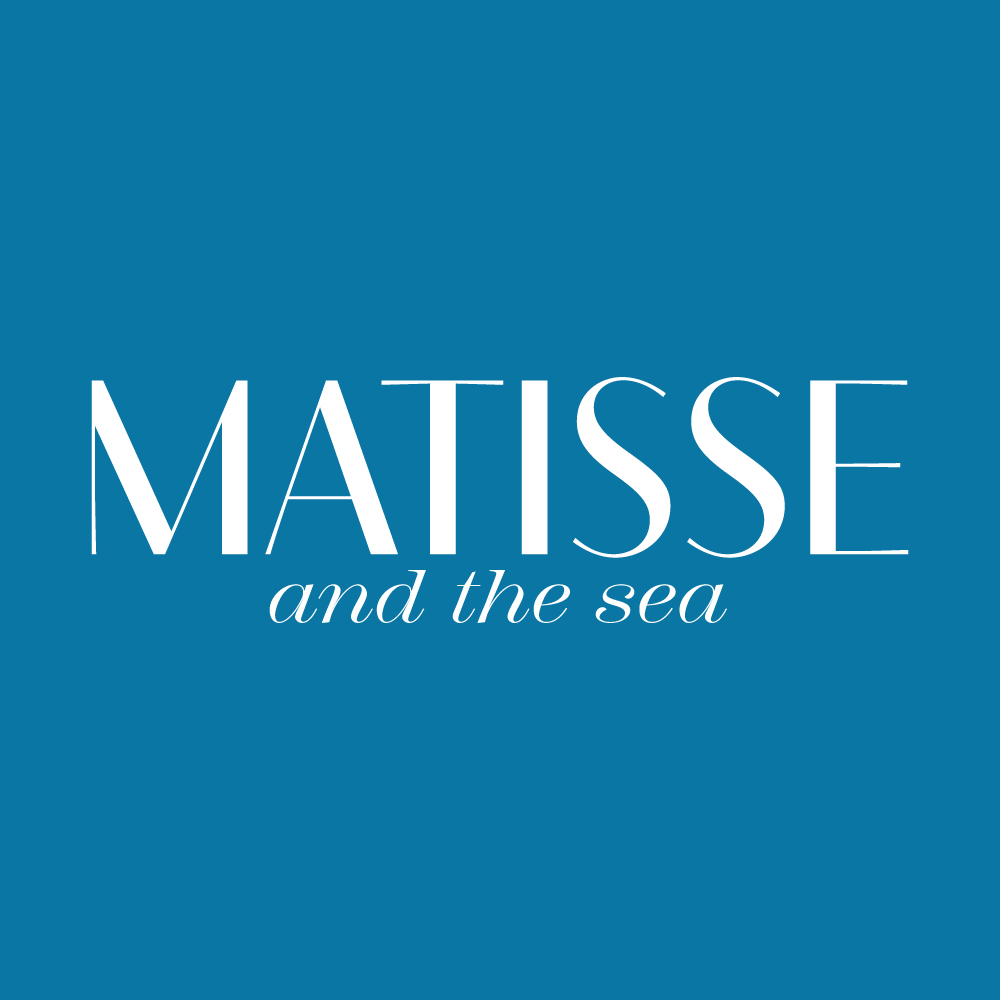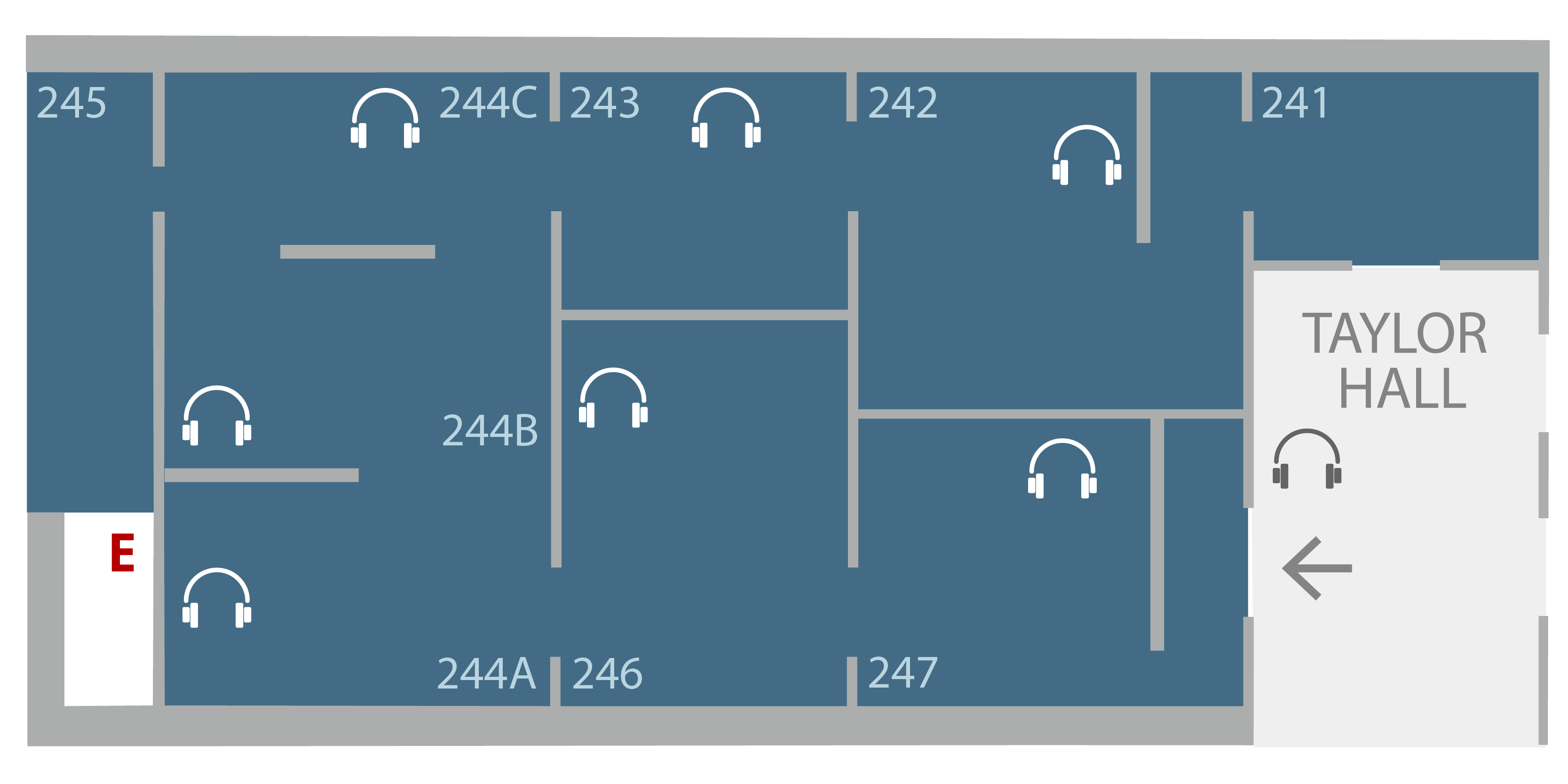Matisse in Tahiti (detail), 1930; Archives Henri Matisse, all rights reserved; Photo: F. W. Murnau
The exhibition audio guide examines the significance of the sea across French modernist artist Henri Matisse’s career. Listen to the Director’s welcome, curator Simon Kelly, art historians, wildlife veterinarian, and conservation biologist.
-
Access and Assistance
Free Public Wi-Fi
The Saint Louis Art Museum offers free Wi-Fi to visitors. From your device, access the SLAM_GUEST network.
Large Print Labels
Large-print labels are available on your own device and upon request at the Taylor Hall Welcome Desk.
AUDIO GUIDE TRANSCRIPT
The audio guide transcript is available to view on your own device.

Introduction
- Transcript
Speakers
Min Jung Kim
Barbara B. Taylor Director
Saint Louis Art Museum
Simon Kelly
Curator of Modern and Contemporary Art
Saint Louis Art Museum[Min]
Hello, I am Min Jung Kim, Barbara B. Taylor Director of the Saint Louis Art Museum.I am delighted to welcome you to the audio guide for Matisse and the Sea. This is the first exhibition to explore the importance of the sea across the career of the leading French Modernist painter, Henri Matisse. Over several decades, the sea acted as a crucial catalyst for Matisse’s pioneering experiments in color and light. This exhibition has a range of wonderful loans from Europe and North America and is anchored by a pivotal work in the Museum’s collection, Bathers with a Turtle. To tell you more, I’d like to introduce the exhibition curator, Simon Kelly, curator of modern and contemporary art.
[Simon]
Thank you, Min. Matisse loved the sea. This exhibition explores the extraordinary variety of marine imagery that Matisse produced over his long career. As you move through this display, you will see coastal views of the Mediterranean Sea, as well as the Atlantic and Pacific Oceans. You’ll travel from the picturesque fishing port of Collioure in the south-west of France to the resort town of Nice on the French Riviera to the islands and atolls of French Polynesia. You’ll experience panoramic vistas as well as quasi-surreal imaginings of life beneath the waves. You’ll also be able to explore a fresh interpretation of the Saint Louis Art Museum’s own Bathers with a Turtle, an enigmatic masterwork of three women by the sea.In his writings, Matisse evocatively described the colors of the sea, sometimes blue like the wings of a butterfly, and sometimes green like the color of jade. Although I think we often imagine Matisse as very cerebral, his deep attachment to the sea was a highly physical one and informed by his love of swimming and diving. While in the Mediterranean, he would swim every day as part of his routine. He was also an avid rower who won a prize for his diligent turnout at meetings of the Nautical Club of Nice. For Matisse, the sea was also an invitation to voyage and travel, and he did travel extensively to France’s wide network of colonies.
This exhibition guide offers commentaries from several individuals. In addition to my voice, you will hear from other art historians, as well as a wildlife veterinarian and a conservation biologist.
We encourage you to experience this guide in any order you like. You may follow it in numeric order or pick and choose. Each featured object can be located by following the floorplan on this webpage or by identifying the audio icon on the object’s label in the exhibition. Whether you’re listening from home or in the Museum’s galleries, I hope you enjoy this audio guide and your visit to Matisse and the Sea.
- Gallery Text
I have always adored the sea.
-Henri Matisse, 1952Henri Matisse (1869-1954) was fascinated by the sea throughout his career. He was drawn to its color and changing light, and saw it as a metaphor for travel and new experiences. Matisse produced a wide range of work around France influenced by the Mediterranean and Atlantic coasts. He also went abroad to France’s colonies, including French Polynesia located in the Pacific Ocean, where he found new inspiration for his marine subjects.
Matisse’s images of the sea range from early panoramic vistas to his late paper cut-outs in which he represented life beneath the waves. A devoted swimmer, repeatedly focused on the theme of the bather, as in the celebrated Bathers with a Turtle. In sculpture, Matisse portrayed the female form in a variety of poses. His Blue Nudes paper cut-outs feature female bathers placed within the context of organic marine motifs. Over time, Matisse moved toward greater abstraction and patter in his work.
Matisse’s travels encouraged him to acquire art from different cultures. Today it is important to consider the power dynamic of Matisse’s and other artists who traveled as French citizens to French colonies. Matisse found inspiration in the art made by African and Oceanic artists. However, he also shared uniformed attitudes typical among Europeans at the time regarding the original context and function of that artwork. By exploring his marine imagery, this exhibition presents the global scope of Matisse’s sources, and his ability to convey the beauty of the sea in multiple artistic forms.
